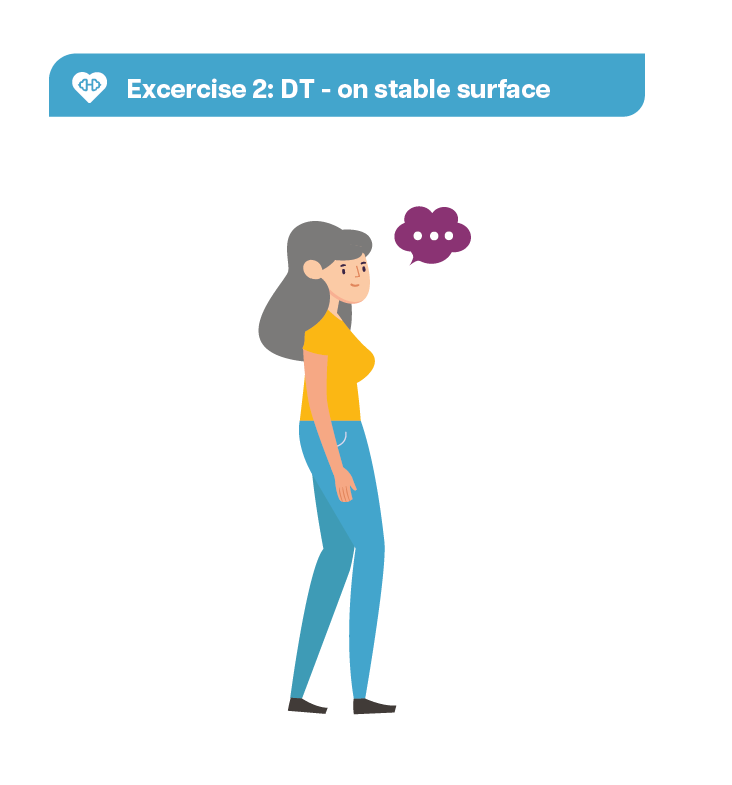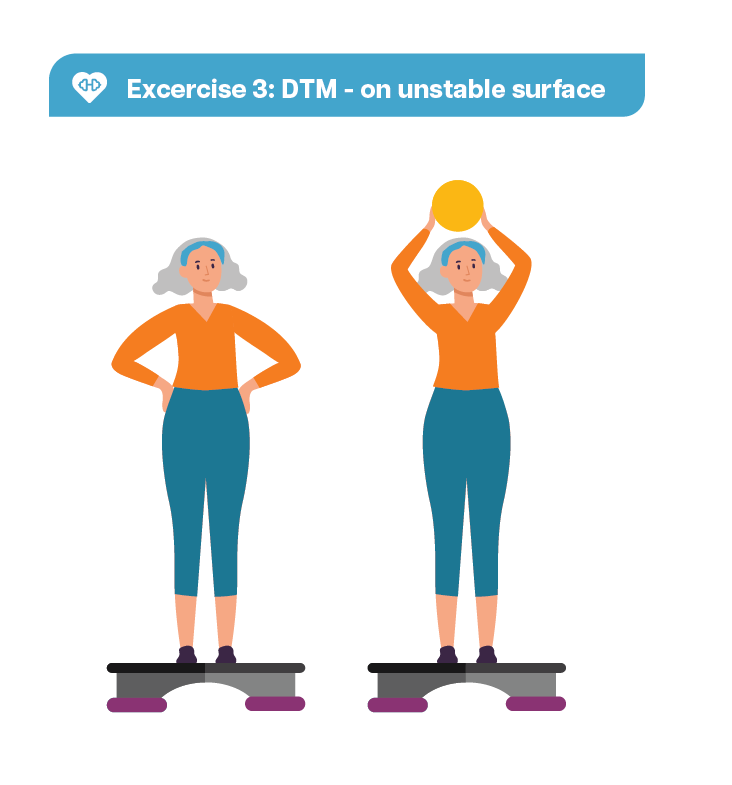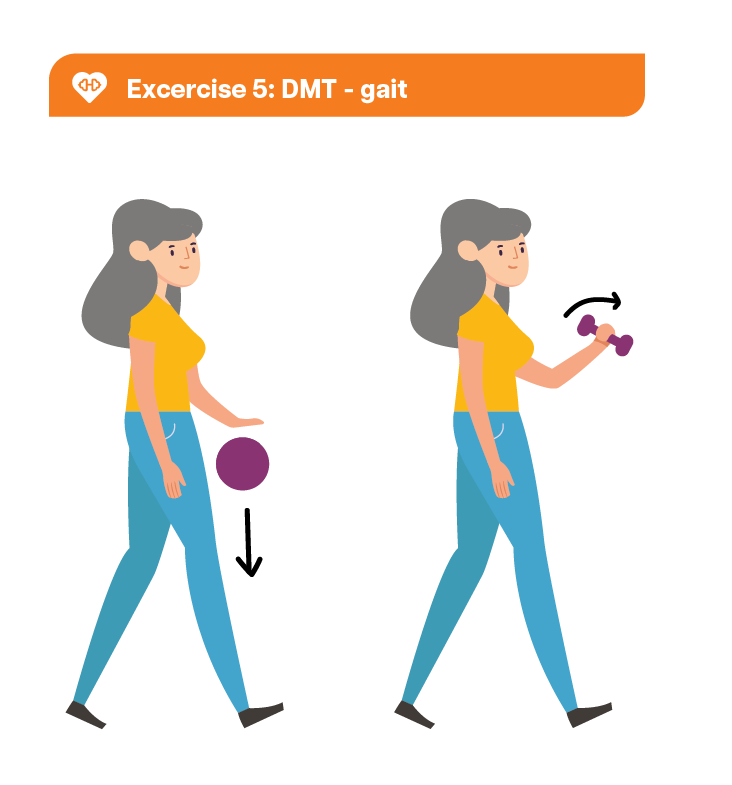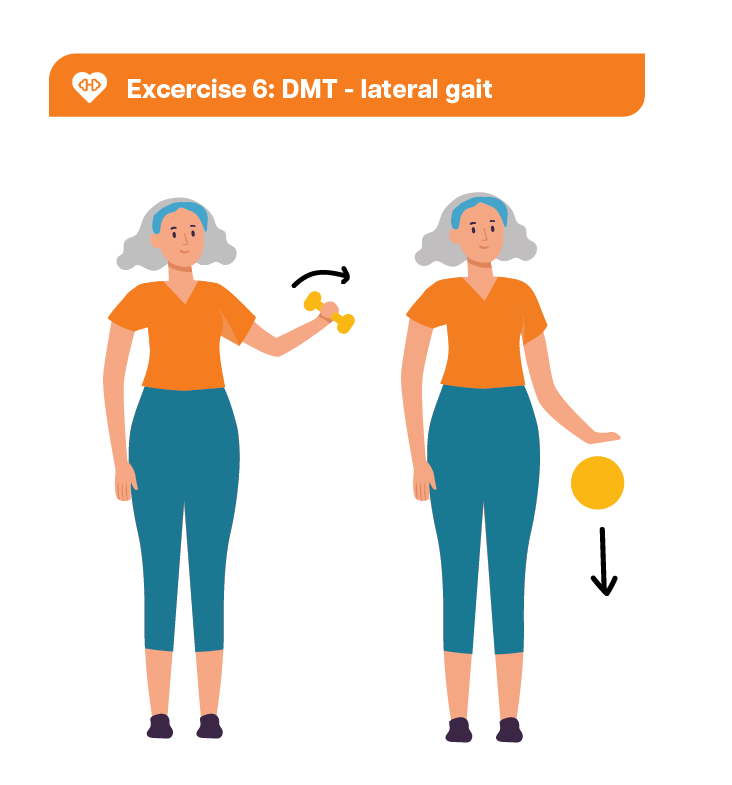Further resources
Physical and mental health in aging process
Elderly individuals may feel disconnected from their social lives and lose their social roles as they get older. This situation, along with the changes brought about by biological aging, makes individuals physically inactive. The relationship between decreased physical activity and poor mental health is known. In this context, a more active life ensures physical and mental health, reduces social isolation and ensures healthy aging.
Preconditions
Before starting exercise sessions, the physiotherapist should assess the patient:
-be ensure there is no neurological diseases
-any history of another diseases
-physical;
Time up and go, range of motion (active and passive movements of limbs)
-flexibility
-strength of gross muscles
-mental health (MoCA and Mini Mental Test)
-Occupation, leisure time activities and social role in life also should be considered
Step I. Aerobic Exercises
• Do at least 150–300 min of moderate-intensity aerobic physical activity, or at least 75–150 min of vigorous-intensity aerobic physical activity, or an equivalent combination of moderate-intensity and vigorous-intensity activity throughout the week for substantial health benefits.
• Older persons should build up to at least 30 minutes of aerobic exercise – for example walking, swimming, water exercises, and stationary cycling – on most, if not all, days.
Step II. Strength Exercises
For elderly, muscle-strengthening activities at moderate or greater intensity that involve all major muscle groups on 2 or more days a week, as these provide additional health benefits.
The following regimen allows the individual to maintain bone and muscle strength. In order to continue to strengthen muscle and bone, one should steadily increase the intensity (weight) of the workout. Our Recommendations are:
• Strength training 2 to 3 days a week, with a day of rest between workouts
• When repetitions can be made in good form with ease, weight lifted should be increased
Step III. Dual Task Exercises
Continuing of the dual task exercises can be followed like by this pictures;



DMT (dual motor task gait); DCMT (dual cognitive motor test)


DMT (dual motor task gait)
Stage IV. Yoga Classes
By participating in yoga classes, elderly people will help them develop physically while maintaining body-mind integrity. In addition, communication with peers is ensured. The 5 yoga poses we recommend at this level are as follows:
Mountain Pose, Butterfly Pose, Savasana, Cat-Cow Pose, Sphinx Pose, Viparita Karani — Legs Up The Wall Pose, Balasana — Child’s Pose. – options for seniors; — depending on limitations — include chair yoga, restorative yoga and Hatha
Individuals should be counselled regarding the exercises performed and when making progress in the exercise. It is important to perform exercises within the physical limits of movement without causing any strain or strain in the musculoskeletal system and without straining the functional level of the person.


Leave a Reply
Want to join the discussion?Feel free to contribute!